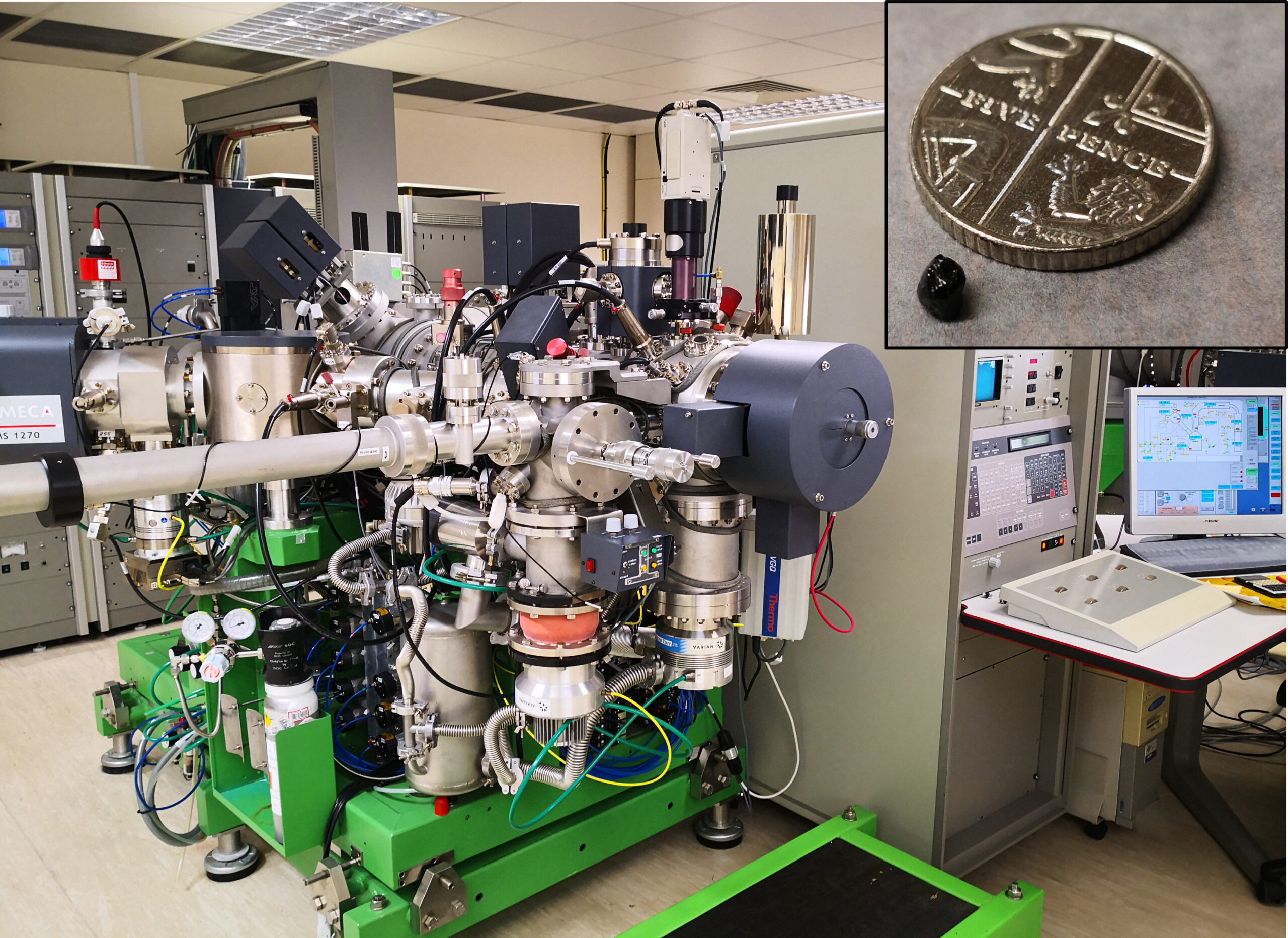Chlorine isotopes and recording magmatic processes on the early Moon
The Moon and Earth share a common history, and because of this, the Moon may provide unique insight into formation of the Earth. However, ‘unique’ is a loaded term as there is lots that appears unique about our satellite and lots that we do not understand. Unraveling what the Moon reveals about the formation of the solar system is not straightforward, but the Moon’s enigmatic chlorine isotope fingerprint may provide glimpses of a turbulent past. The newly-released Leverhulme Trust 2021 annual review has a short piece on work that we are conducting at Edinburgh, funded by the Trust, and being conducted by Dr Lee Saper: https://www.flipsnack.com/leverhulmetrust/2021-annual-review/full-view.html
Photo shows the Cameca 1270 SIMS instrument used for Cl isotope work at the Edinburgh IMF, and a bead of glass produced to simulate lunar magmatic degassing.





Recent comments